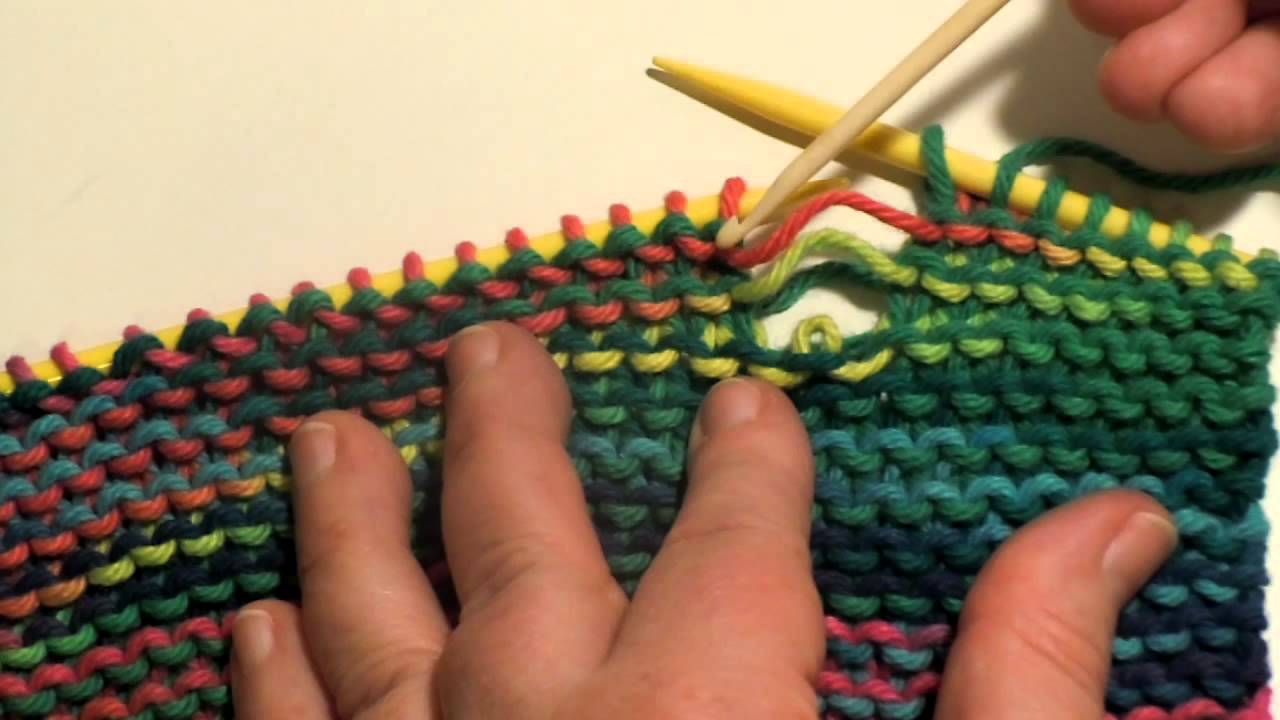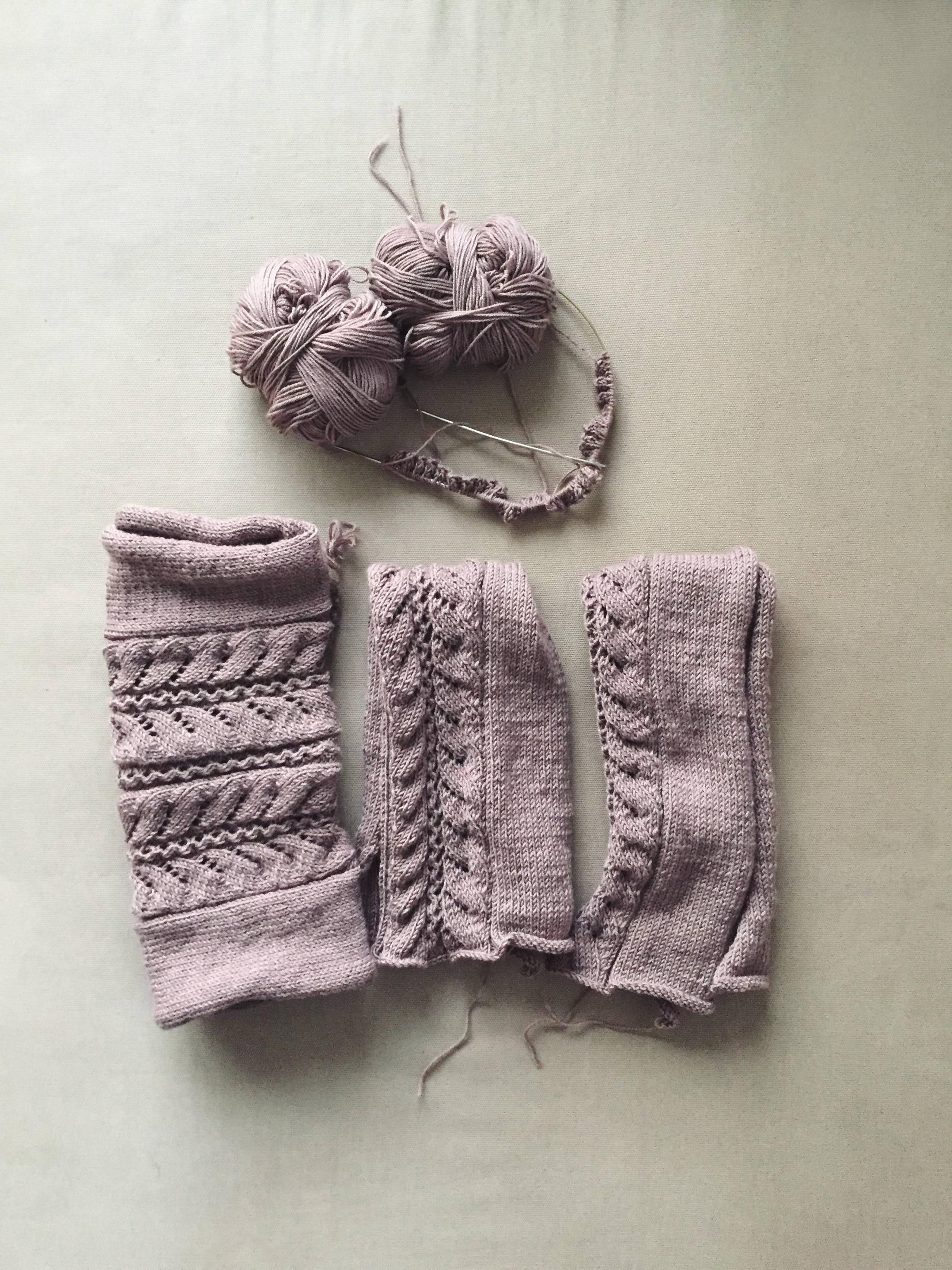
There are many options for making a keepsake piece of quilt. There are two main methods: Applique and Labels. This type of quilt can also be made with a variety of books and fabrics. You can also purchase a kit which includes everything you need for making a keepsake. But before you get started, make sure you consider the type of fabric that you will use. Keep in mind, however, that you must use washable fabrics.
Applique is a great technique for keeping a record of your quilting projects
An applique technique is an excellent way to create a keepake quilt. It's an original and creative way to create a special quilt for a loved one. You can also use up your scraps. There are many ways that applique can be used to make a quilt. Here are a few examples.
The applique technique is a great way to add decorative elements to clothing, pillows, and more. This is a technique that involves attaching small pieces to larger pieces of fabric. This can be done by machine or by hand, and the fabric can be stitched in place with glue. Applique is also great for adding decorative elements to pillows, banners, and wall hangings. It is possible to create unique keepsake pillows by using a template.

You can keep the labels of your quilting by using this keepsake method.
Labels are an important keepsake quilting technique. They help future generations identify the quilt and learn about its history. They are also helpful for quilts in museum collections. It is possible that quilts in a collection were not considered museum pieces when they were created. Therefore, it is vital to label the quilts so that their history is preserved. You can either use permanent fabric markers or hand to create quilt labels.
If you want to create your quilt labels yourself, you can use any type of shape and size. You can even make them from leftover blocks or shapes that echo the design of the quilt. The labels can be sewn to the quilt or fused to the back prior to quilting. If you're using permanent ink pens, they'll last for years, so you'll want to make extra-large ones.
Fabrics for keepsake quilting
You will find many great fabrics available online for keep-sake quilting. Online shops offer a wide range of fabrics from cotton to fleece. Precut packs are available on some sites, making it easy for you to find the right combination. Keepsake Quilting sells many books to help you finish your project.
Washing techniques
Your keepsake quilt should be washed regularly to keep it looking fresh. You can also vacuum the quilt regularly. For keepsake quilts, you can use simple techniques like cold water, gentle stirring, blotting excess moisture, and placing the quilt flat to dry. Hand washing is recommended for delicate quilts. Use a mild detergent that doesn't contain dyes or perfumes. The fabric will be softened by 1/2 cup of distilled vinegar. Allow the quilt to soak for at least 10 minutes before you take it out.

Before sewing and quilting your keepsake quilt, it's important to choose fabrics that can be machine-washed. While most commercially printed fabrics don't require prewashing, some quilters may want to avoid them if they do not want runny colors or uneven shrinkage. Prewashing premium fabrics might be preferable to those who prefer them. For best results, choose fabrics that can be washed on a regular basis.
FAQ
What are observation hobbies?
Observation hobbies are activities where you observe people doing what they do. You might be interested in watching sports, reading, going on holidays, and so forth. It could also involve observing others.
Observation hobbies are great because they help you learn how to think creatively. You can use this knowledge later when you're working on projects for yourself or others.
You'll find that if you're interested in something, then you'll have an easier time learning about it.
If you are interested in learning more about football, for example, you might watch a match or read a book. If you want to learn more about photography, you could take or visit exhibitions.
If you like to play music, you can either learn the songs online or get a guitar.
If you love cooking, you can either cook your meals at home or order from a local restaurant.
If gardening is your passion, you can grow vegetables and flowers.
If you are a fan of dancing, you can join a class or go out with your friends to learn.
You can paint pictures if your passion is painting.
Writing poetry or stories is a passion if you are a writer.
You could also draw pictures if you enjoy drawing.
If you are passionate about animals, you can look after them or work at the zoo.
If you enjoy science, you might consider studying biology, chemistry and physics.
History is something you might enjoy if you read books, watch movies, or listen to podcasts.
If you enjoy travelling, you might consider exploring your local area or traveling abroad.
What is a good hobby for kids?
Any activity that kids enjoy as a hobby is something they do outside of the normal routine. Kids might enjoy drawing pictures, making things, painting, writing, crafting, and other activities.
Many parents worry that their children will get into trouble if they're allowed to do whatever they want. This isn't necessarily true, though. Your child will not get into trouble if he or she is safe and doesn’t cause any harm to other people or themselves.
It is important that people remember that simply because they love doing something does not mean they will always do it. If they are passionate about drawing but hate writing, they might choose to draw pictures over writing.
There are many different hobbies, so it is up to you which one you love the most.
How do I find a hobby to pursue?
It can feel overwhelming to start your search for a hobby when you first begin.
You might think, "I'm not very talented," "I struggle at sports," "I don't really know anything."
The truth is that you likely already have a lot experience in your chosen hobby.
It's only that you don't know it yet.
Take a good look at what you have in your house. What amount of stuff do you have?
Do you have any old toys lying around?
Perhaps you own a collection or magazines.
Perhaps you have always wanted to be a chef.
Or maybe you'd really like to start playing guitar again.
It doesn't matter what it is, you can probably turn it into a hobby.
Realize that you have many experiences already.
Once you do that, you can choose a hobby to fit your life.
What are good hobbies for seniors?
Senior citizens should have fun activities that they enjoy doing. They should also be active and take part in activities such as sports or other physical activities.
They may want to join clubs that allow them to meet others with similar interests. They'll be less lonely as they get older.
Senior citizens need to be aware of the latest trends. You could, for example, follow the latest trends in fashion, literature, and music.
Statistics
- I am 100% biologically a woman (discover.hubpages.com)
- Much of this decline reflects the fact that teens are less likely to work today than in the past; among employed teens, the amount of time spent working is not much different now than it was around 2005. (pewresearch.org)
- Almost 80% of people claim to have no hobby. (hobbylark.com)
- This 100% accurate personality-analyzing hobby quiz discovers your passion based on your characteristics. (quizexpo.com)
- A new survey by Pew Research Center of teens ages 13 to 17 finds that 36% of girls feel tense or nervous about their day every day; 23% of boys say the same. (pewresearch.org)
External Links
How To
How to get started gardening
Gardening is one form of agriculture that dates back to the beginning. You need patience, perseverance, and determination. The first step to starting a garden is to pick a spot where you will grow food. You could choose to plant food on a large parcel of land, or in your own backyard. Next, choose what kind of plants you would like to grow. Do you prefer flowers or vegetables? Some people enjoy growing herbs while others love raising livestock such as rabbits. Before you decide on what type of crops to plant you need to take into consideration how much space you have. If you live in a region that experiences cold winters then it is possible to grow fruits and berries.
After you have decided what you want to plant, it is important that you prepare the soil. It is vital that your soil is prepared properly to determine whether or not your plants will thrive. Good quality soil contains organic matter that helps feed your plants' roots. Organic matter can include leaves, twigs and grass clippings as well as manure and compost. Once your soil is prepared, it's time to add nutrients. You will need different amounts of nutrients depending on which type of plants are being grown. To determine these values, you can use a fertilizer calculator online. There are many fertilizers to choose from, so it is important that you are familiar with the product you are using.
Now, wait for your seeds to germinate after you have prepared your soil and added the necessary nutrients. The process can take between 2 and 3 months depending on how hot or cold it is in your region. Once the seeds have sprouted you will need to water them often. Watering your plants too little or too often can cause problems. Avoid overwatering your plants. Overwatering could lead to root rot as well as fungal diseases. Remember that plants need less water in the summer than they do in the winter. You should also remember that some plants will need to dry out once they have been watered. For example, tomatoes need to stay slightly moist but not wet. Soggy soil is not a good choice for tomatoes. After they have finished flowering, they must go dormant. Dormancy is when plants stop producing new growth and begin storing energy for the next season's harvest. The plant ceases sending signals to its roots to produce food during dormancy. During this period, plants continue to store energy. Plants will soon die if they are exposed to too much or too cold temperatures.
Urban areas can limit your choices for plants. Concrete sidewalks, roads or parking lots can block sunlight from reaching urban areas. Concrete absorbs sunlight, which prevents the soil beneath from getting enough sun exposure. Because of this lack of sunlight, many plants cannot survive in cities. However, many plants can still thrive in urban environments. Many perennials, trees, and shrubs are able to adapt to urban living. Many annuals can also be grown indoors in container gardens. You can bring greenery inside your home all year round, regardless of the weather.
Now you're ready to plant.